IaC Resources and News
Stay in the loop on the latest IaC news with this collection of articles and videos!

.png)
Blog
video
Video
Drift Cause Analysis: Context That Drives Confident Action
Introducing Drift Cause Analysis from env0—an AI-powered feature that explains why drift happened, so you can resolve it faster and with confidence.

Blog
video
On August 10th, HashiCorp made an important announcement, signaling a shift in its product licensing strategy. Here's what env0 customers need to know.

Blog
video
The OpenTF Manifesto
Essential building blocks of the Internet, such as Linux, Kubernetes, and Terraform need to be truly open source: that's the only way to ensure that we are building on top of solid and predictable underpinnings.
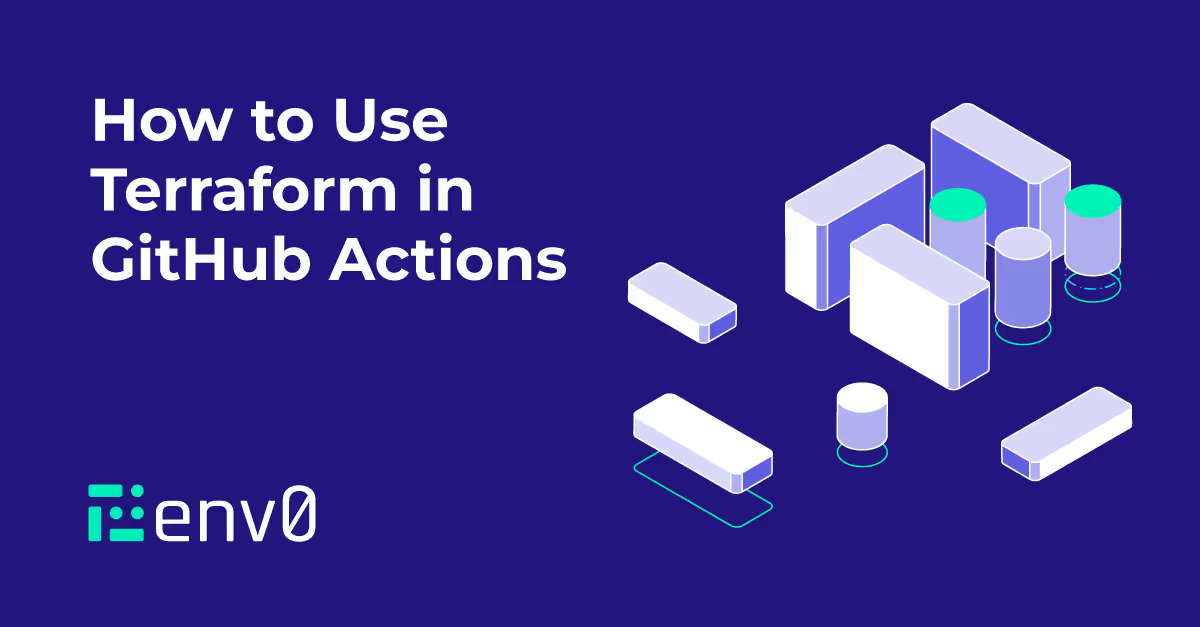
Blog
video
How to Use Terraform in GitHub Actions
In this post, we'll walk through how GitHub Actions work, how to use them to automate Terraform operations, and how to embrace and enhance your current workflow.
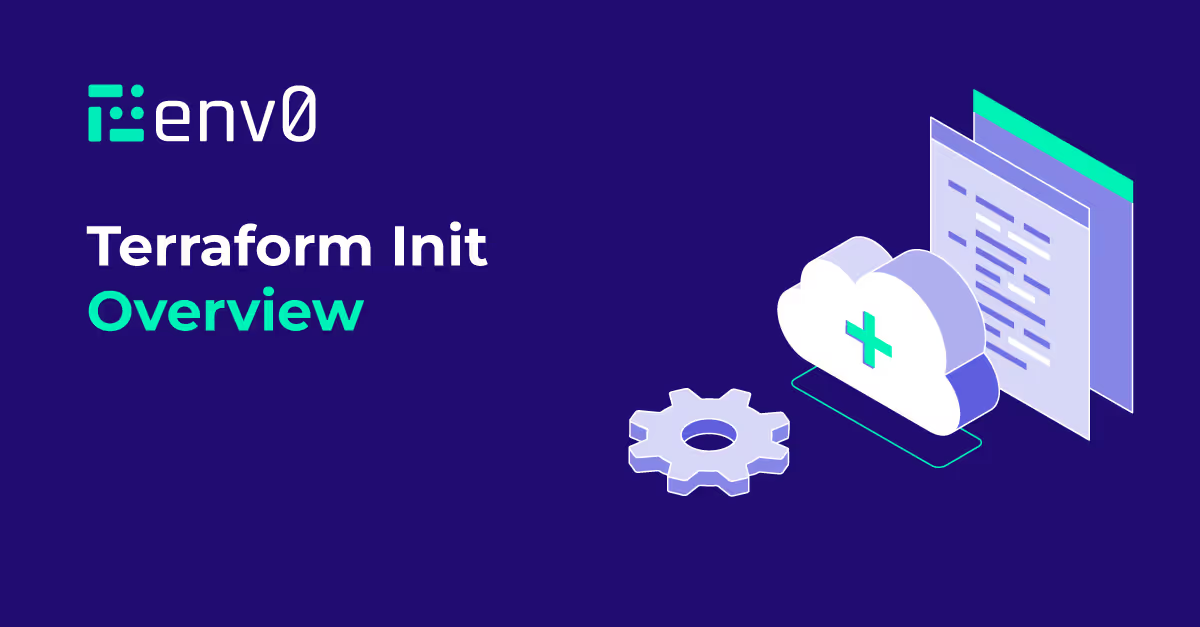
Blog
video
Terraform Init Command: Examples, Tips and Best Practices
One of the foundational commands at the heart of Terraform is terraform init. This command is what sets the stage for all the subsequent operations that you perform with Terraform. It prepares a new or existing directory for Terraform usage by creating initial files, loading any remote state, downloading modules, and installing provider plugins.

Blog
video
Tutorial: Using ArgoCD with Helm Charts
ArgoCD is a declarative, GitOps continuous delivery tool for Kubernetes applications that uses Git repositories as the source of truth for defining the desired application state. It automates application deployment and lifecycle management, making it easy to understand and audit.
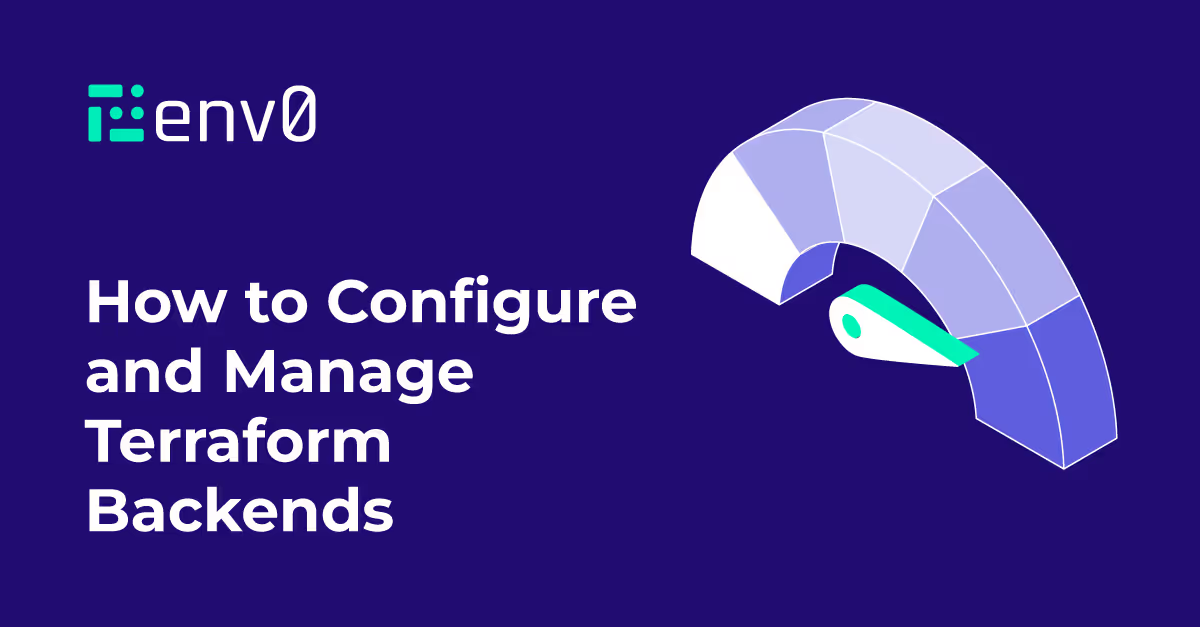
Blog
video
How to Configure and Manage Terraform Backends
Terraform backends are a native Terraform feature, which saves the state file in a remote location, rather than a local file. Terraform backends make sure that the work on the stack stays true to the state of our resources, and that we don’t run over our colleagues' work.
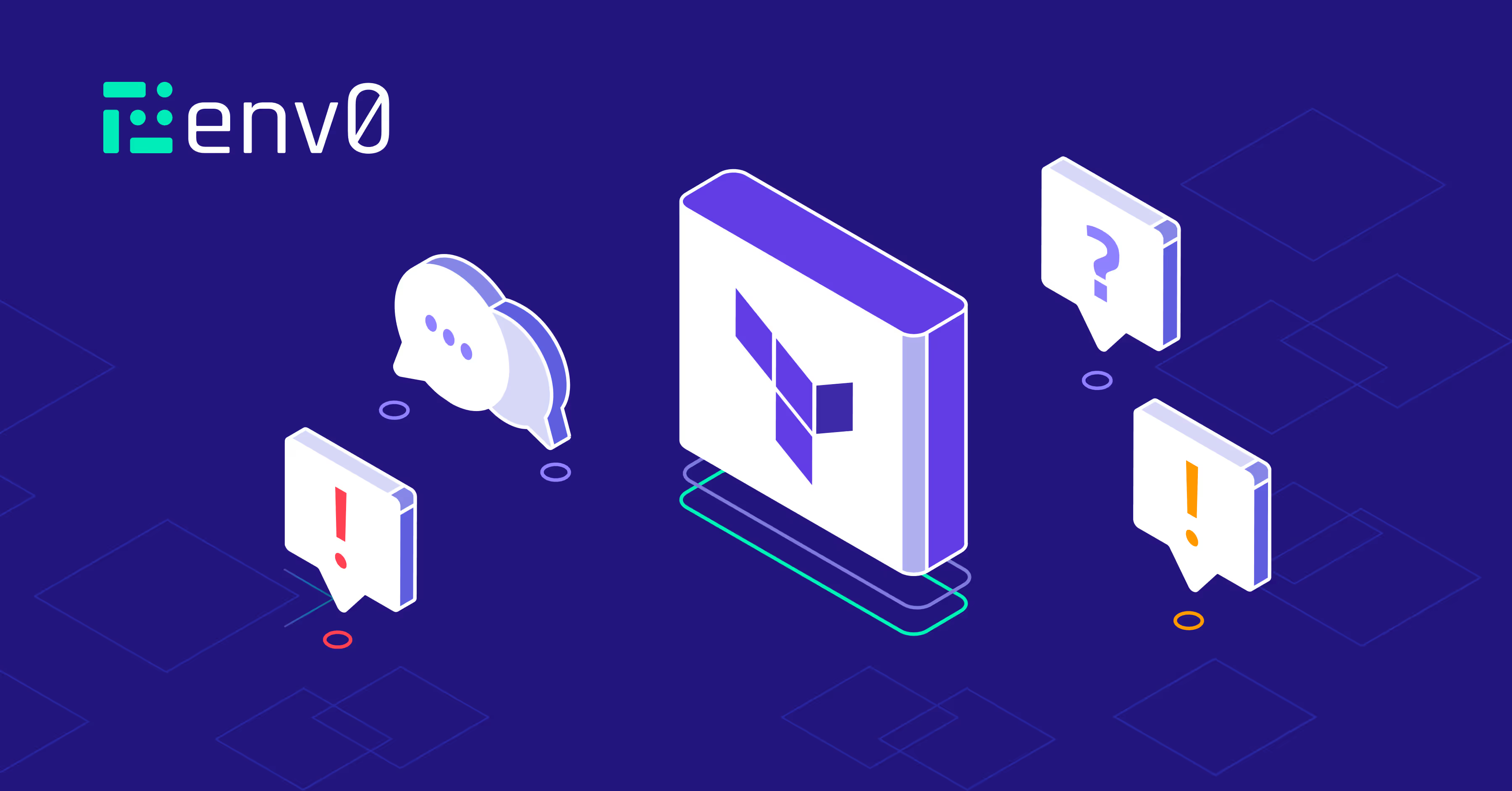
Blog
video
Terraform Tutorial: Getting Started with Terraform
An introduction to using Terraform with examples using Microsoft Azure.

Blog
video
Terraform Cloud: Benefits, Key Features, and Examples
Terraform Cloud is a hosted service developed by HashiCorp that provides a collaborative workspace for teams to use Terraform, an open-source Infrastructure as Code (IaC) software tool. It enables teams to manage infrastructure provisioning, compliance, and management across various cloud providers, data centers, and services. This tutorial will walk you through the key features and benefits of Terraform Cloud.
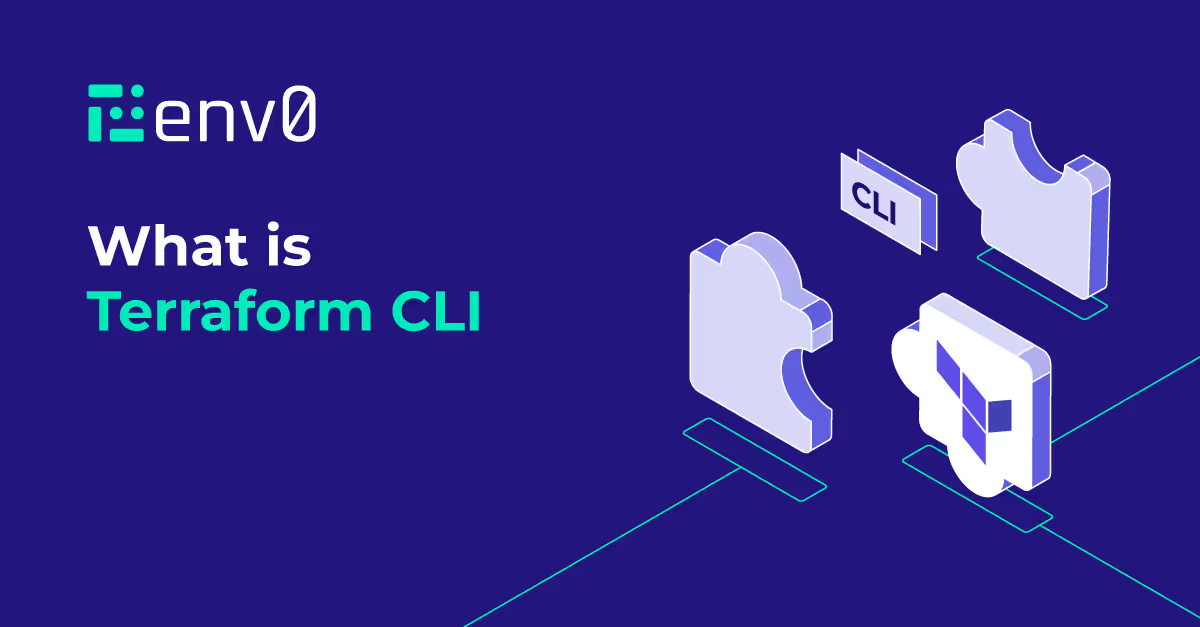
Blog
video
Terraform CLI: Terraform Commands, Examples and Best Practices
Terraform CLI is a command-line interface tool that enables you to manage Infrastructure as Code (IaC) using the HashiCorp Configuration Language (HCL). With Terraform CLI, you can define, provision, and manage infrastructure resources in a human-readable format that can be versioned, reused, and shared across teams.
.avif)
Blog
video
Terraform 'for' Expression: How to Dynamically Provision Infrastructure
Terraform 'for' expression is widely used, particularly in Terraform Modules. A "For Expression" allows you to create complex type values by transforming other complex type values. This feature is not only beneficial in modules but also in your Main Infrastructure Code.
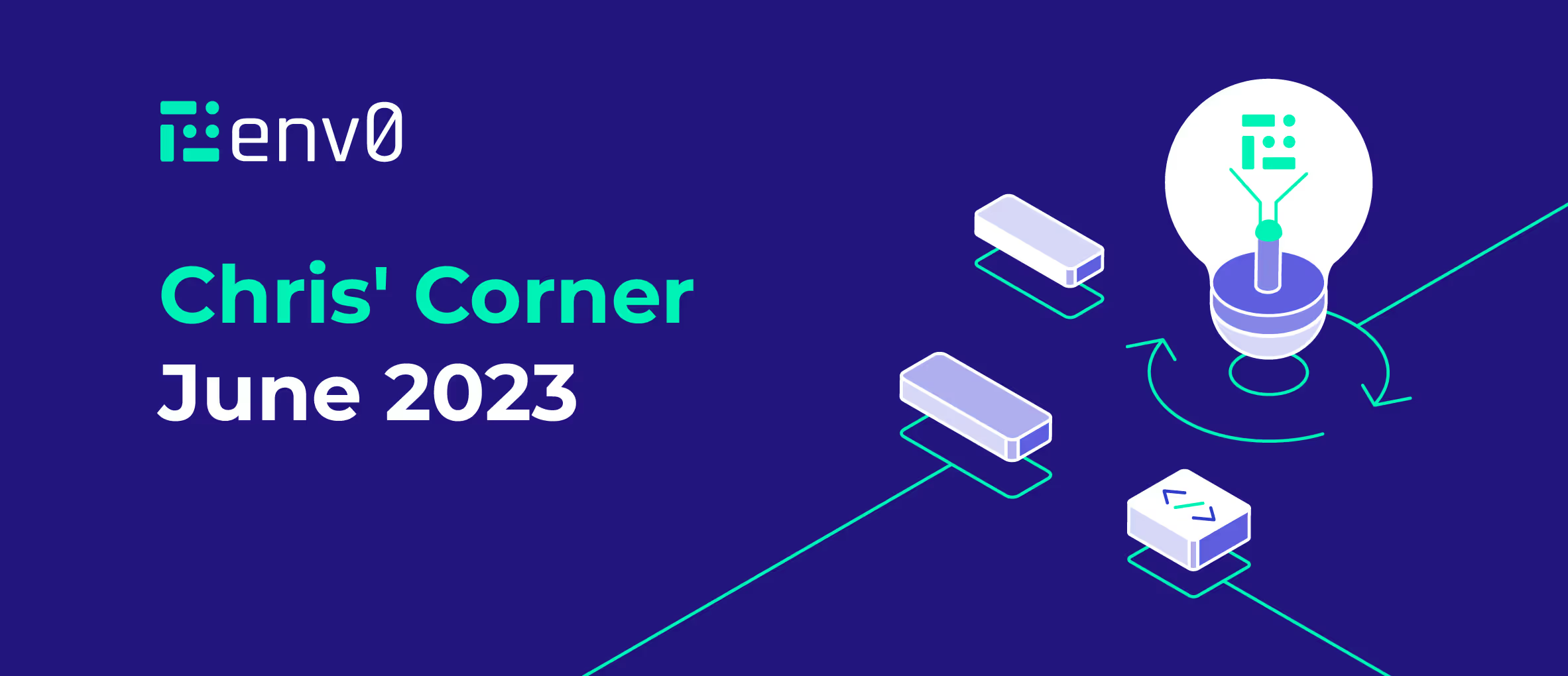
Blog
video
Chris' Corner - June 2023
env0's new features this month are simple, yet effective. In this post, we dive into our highlighted feature for June—Running Bulk Operations.
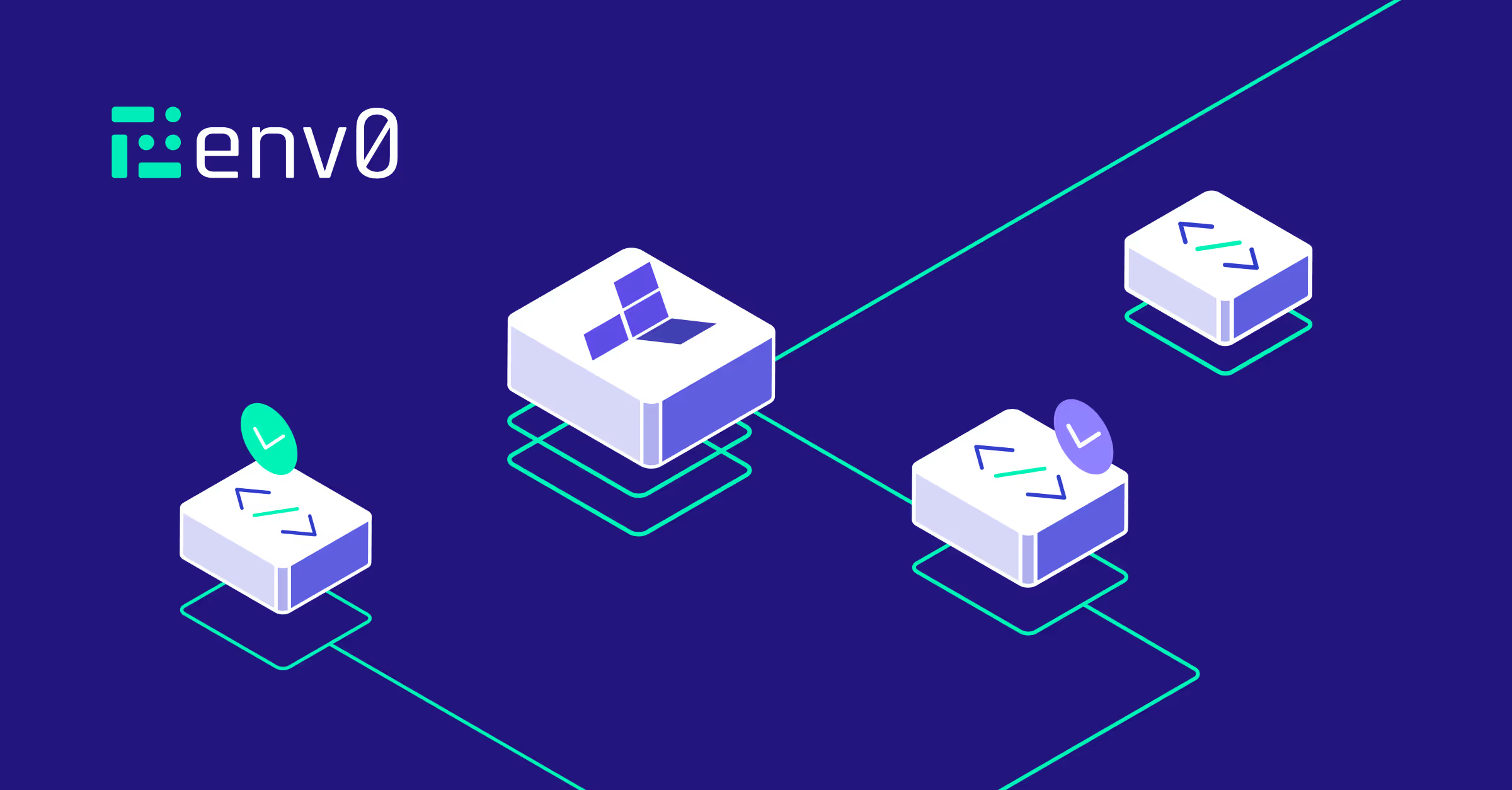
Blog
video
Terraform Variables Types - Tips, Examples and Beast Practices
Terraform is a powerful infrastructure as code (IaC) tool that enables you to define and manage your cloud infrastructure in a declarative manner. One of the key features of Terraform is the ability to use variables, which allow you to parameterize your configurations and make them more flexible and reusable.Did you know that you could also order Domino's Pizza with Terraform? In this blog post, we will have fun with the Domino's Pizza Terraform provider while exploring the world of Terraform variables. We'll understand how to effectively use them in your infrastructure deployments.
.avif)
Blog
video
Using Open Policy Agent (OPA) with Terraform: Tutorial and Examples
Embracing Infrastructure as Code is a key step in your journey to cloud native operations. It also opens the door to approach other aspects of your operations as code, and a great example of this is using code to define and evaluate policy. This post will introduce you to the concepts behind policy as code, and how to use Open Policy Agent (OPA) to implement policy as code with your existing Terraform configurations.
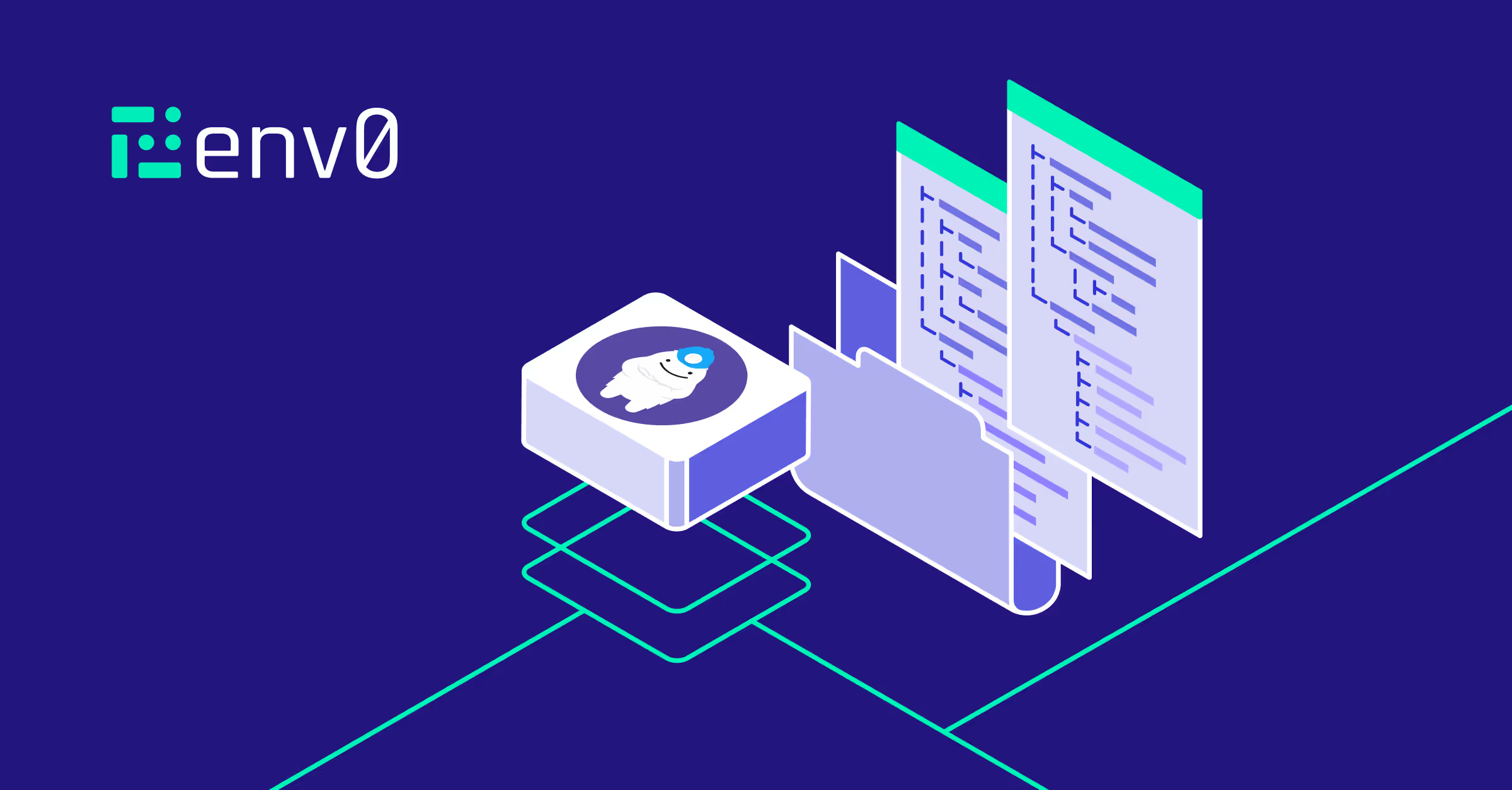
Blog
video
Terragrunt Tutorial: Examples and Use Cases
Terragrunt is a thin wrapper for Terraform that provides extra tools for keeping your Terraform configurations DRY (Don't Repeat Yourself). With Terragrunt, you can easily manage remote states and multiple environments. It also helps you keep your codebase clean and organized.

Blog
video
Atlantis: Terraform Pull Request Automation Guide
Atlantis is a tool that automates Terraform operations through pull requests. It allows developers and operators to collaborate on infrastructure changes without leaving their version control system.

Blog
video
Chris’ Corner - May 2023
env0 has released 3 key features this month, directly helping new and existing customers. One of our features (Private provider registry) has already been covered in a separate blog—and this month's highlighted feature will be Remote state access control.

Blog
video
Provider Registry
env0’s Provider Registry feature allows users to store Providers in a public or private repository and reference it for use within code. Best of all, you are able to pull different versions of the code with simple changes. When running inside env0 we will even handles the authentication without the need for any additional steps or configuration.
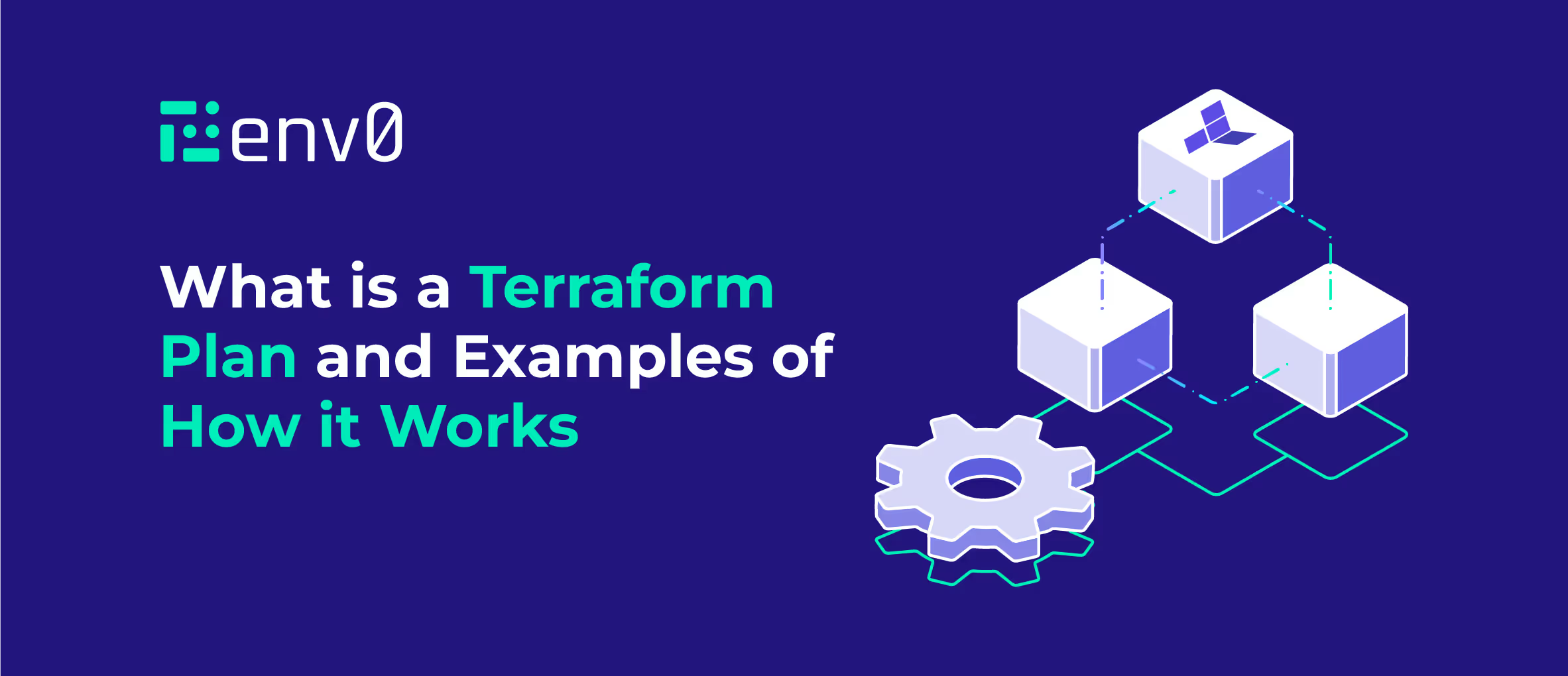
Blog
video
Terraform Plan Command: Examples, Tips and Best Practices
Terraform Plan aims to help you review and verify your configuration before applying it. It gives you a chance to catch any errors or inconsistencies in your terraform code, and to make sure that you are not making any unwanted changes to your infrastructure. It also helps you communicate and collaborate with your team members, by showing them what you intend to do and getting their feedback.
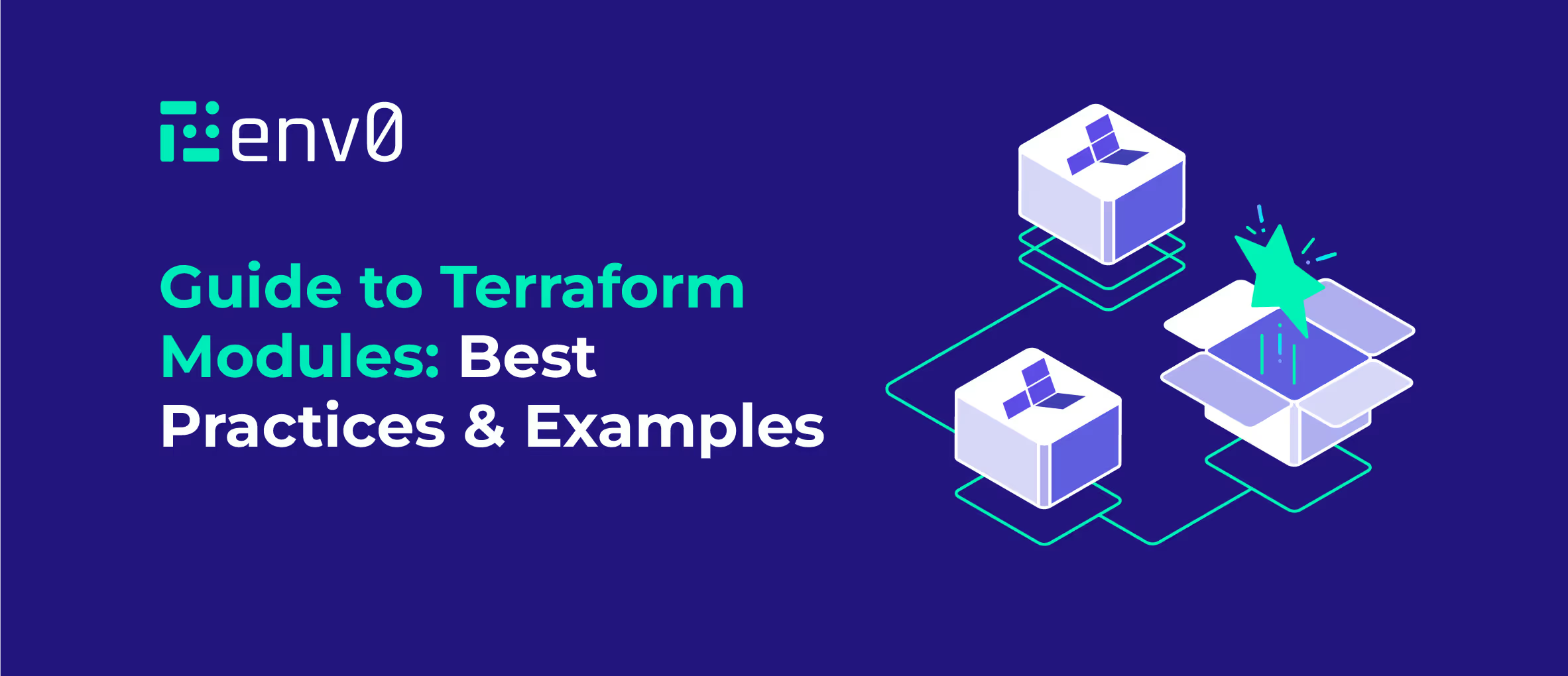
Blog
video
Terraform Modules Guide: Best Practices & Examples
Infrastructure as Code is first and foremost code, and a chief principle of writing good software is leveraging abstractions to make your code reusable, scalable, and consistent. Terraform modules are the abstraction provided by HashiCorp to take logical groupings of resources and package them together in a reusable object.

Blog
video
What is Infrastructure-as-Code? IaC 101
Today, organizations are still figuring out how best to implement new IaC practices in their existing DevOps frameworks. This article covers a variety of options for multiple frameworks to support even the most demanding business-critical environments.
.avif)
Blog
video
Comparing Checkov vs. tfsec vs. Terrascan
In this blog post, we examined three of the most popular tools to scan your infrastructure. These are Checkov, tfsec, and Terrascan. We saw the benefits and key features of each tool.

Blog
video
What is Terrascan: Benefits, Key Features, and Examples
Terrascan is a tool that helps you to scan your Infrastructure as Code for security and compliance policy violations. It supports various IaC languages such as Terraform, Kubernetes, Dockerfile, and more.

Blog
video
What is tfsec: Benefits, Key Features, and Examples
tfsec is a security scanner for your Terraform code. It performs static analysis of your code and detects potential misconfigurations that could lead to security risks.

Blog
video
What is Checkov: Benefits, Key Features, and Examples
Checkov works by scanning IaC files for common security and compliance issues, such as open security groups, unencrypted storage buckets, or missing encryption keys.








